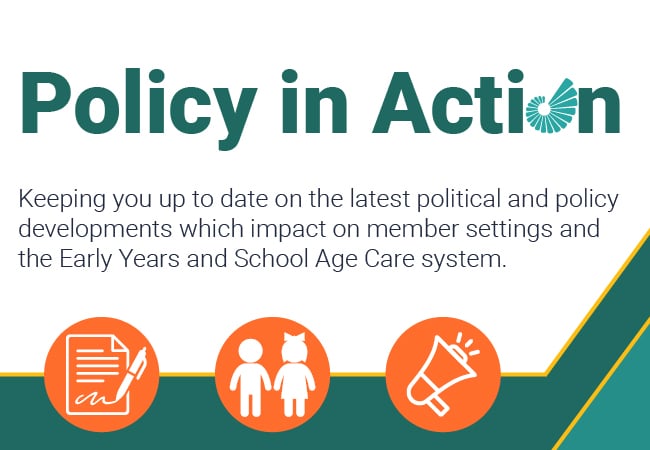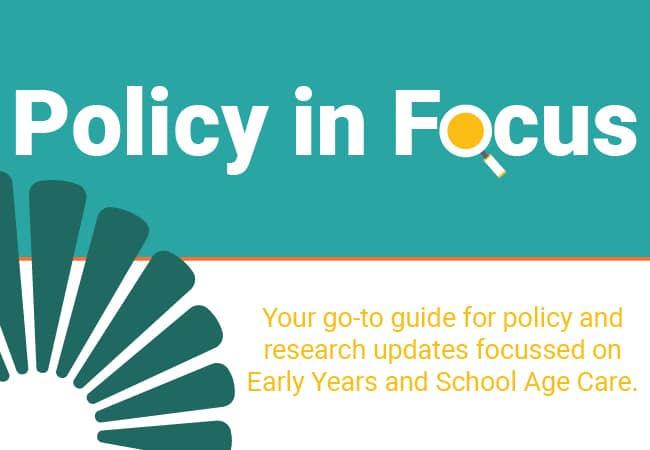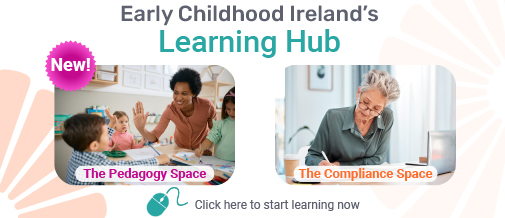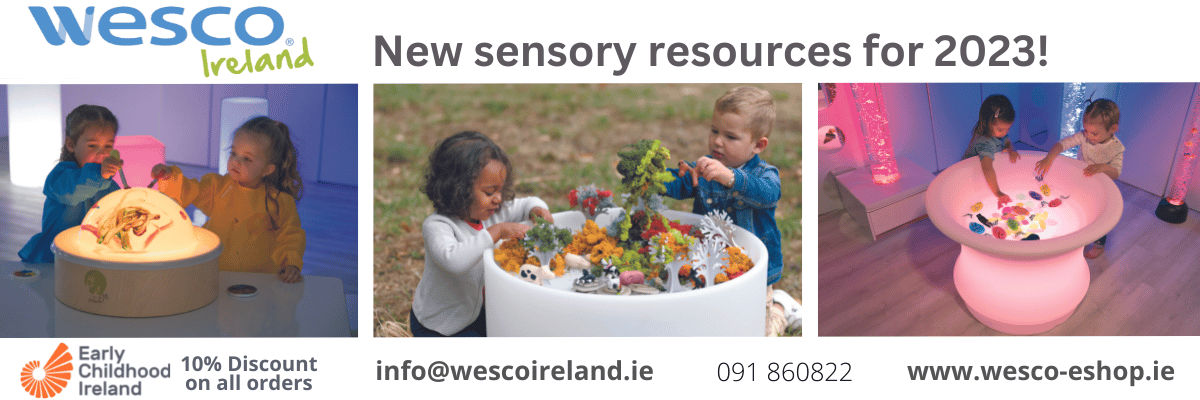Technology in Early Years Settings
Support for science, technology, engineering and maths (STEM) is increasingly being discussed in ECEC settings. While most of us can see the link between our everyday practice and science (float and sink, care of living things, light and shadow); engineering (building, constructing and dismantling); and maths (pattern, shape, counting), the inclusion of technology appears a little more troublesome.
ECEC environments are committed to providing hands-on active experiences that are creative, inspiring and encourage children to explore. The use of technology on the other hand is often associated with passive, solitary activities. Whether we agree with it or not, the children we work with are ‘digital natives’. They have always been surrounded by Wi-Fi enabled technology and digital devices, which forces us to consider our role in promoting the best use of these devices at home and in ECEC.
Recent research (Fleer, 2017; Sullivan & Bers, 2018; Marsh et al, 2018) has begun to point to the potential of technology when used in active, collaborative and playful ways. When technology is used as a tool to support rather than supplant play, it can expand children’s thinking, expression and encourage deep problem-solving and creativity.
Digital devices such as cameras can be used in new and interesting ways, encouraging children to document their own learning, photograph the progress of their projects, and tell stories that emerge from their play. Analogue devices such as light tables can be used with all ages to explore colour, light and shade, and to examine porous substances including foods, liquids and plants. Overhead projectors provide opportunities for children to explore light and shadow, and simple maths concepts such as distance, measure and shape. Digital projectors, while a little more expensive allow for dynamic moving worlds such as a zoo or farm to be created within your classroom without ever leaving the confines of the setting and allow children to pretend they are flying plane or riding a roller-coaster.
Digital microscopes have become more robust and inexpensive in the past few years. These devices can magnify up to 52 times and are perfect for use by budding entomologists outdoors. They are also wonderful for exploring natural fibres such as clothing or even skin or hair – a perfect way to begin discussion about similarities and differences in children’s appearance.
For those who are interested but don’t know where to start here is my advice; start small. Introduce a single piece of technology to a small group of children and build from there. You never know where it will take you.
References
Fleer, M. (2017). Digital role-play: Creating new conditions for children’s play. Mind, Culture and Activity. 24 (1), 3-17.
Marsh, J., Plowman, L., Yamada-Rice, D., Bishop, J., Lahmar, J. & Scott, F. (2018). Play and creativity in young children’s use of apps. British Journal of Educational Technology. 49 (5), 870-882.
Sullivan, A. & Bers, M. U. (2018). Dancing Robots: Integrating art, music, and robotics in Singapore’s early childhood centres. International Journal of Technology and Design Education. 28. 325-346.
Author Bio
Sandra O’Neill is an Assistant Professor of Early Childhood Education in DCU. Prior to taking on this role she worked for a number of voluntary and government organisations including the National Council for Curriculum and Assessment, An Cosán, Preparing for Life and Sophia Housing Association. Research interests include the use of technology as a pedagogical tool in EC settings, Early Childhood Mathematics and Children’s Rights.









